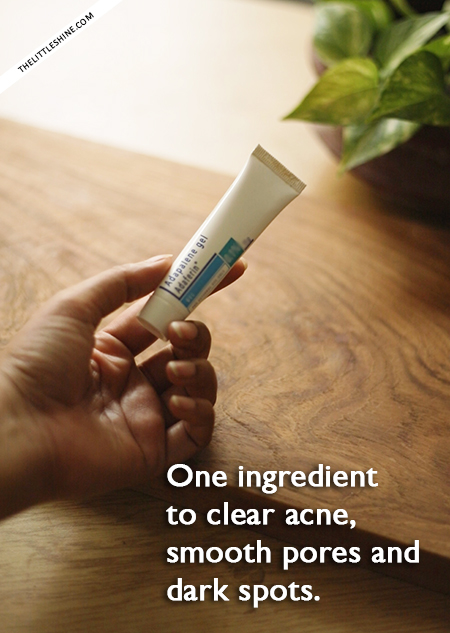Most often found in teenagers and adolescents, but also occurs in adults too, is the common skin condition – acne. It is a skin condition that occurs due to the clogging of the pores on the skin with dirt, oil, and dead skin, leading to breakouts and causing pimples.

Getting rid of acne can be a hard task! Many people try out several methods from natural methods to over-the-counter medications, ointments, cleansing face washes, etc.
But there is one simple ingredient that is lesser known to most people but is an effective remedy to treat acne and that ingredient is – retinol! check out all the details about this super ingredient below!
What exactly is retinol?
Retinol is a common skincare ingredient and can be found in many over-the-counter skincare products like serums, moisturizers, etc.
Retinol can help boost collagen (the protein essential for healthy skin and is known to be one of the most produced proteins in the human body) production, by penetrating deep into the epidermis (protective outer layer of the skin) to the dermis (middle layer of the skin). It can help reduce acne, and skin texture, brighten the skin, reduce hyperpigmentation (dark patches on the skin), reduce fine lines, and wrinkles and have anti-aging properties.
Benefits of using retinol for acne:
- Can help unclog the pores on the skin, to get rid dirt, oil and dead skin.
- It has anti-inflammatory properties that can help reduce and soothe acne.
- Retinol can help reduce the acne-causing bacteria on the skin. This can reduce the risk of breakouts and infections.
How to use retinol for acne?
Having clean and dry skin is very important before using retinol and including it during your nighttime routine is advisable, as during the day, your skin gets exposed therefore wearing sunscreen (SPF) is very important during the day. Also, doing a patch test (like on your wrist or on the side of your neck) before fully using it on your face is recommended, especially if your skin is sensitive.
Please Note: When you begin to use retinol for your skin, start off with using it just once or twice times a week and continue using it only if it agrees with your skin type.
Step 1: Wash your face well with a gentle cleanser and pat dry it with a towel, until it is completely dry.
Step 2: Do not use too much, just around two drops. Apply it on your palm, rub your palms together and then apply it on your face. Do not get it too close to your eyes or lips, as it can cause irritation.
Step 3: Apply a small drop of your moisturizer on your palm, rub your palms together and apply it all over your face.
What are the precautions to be taken while using retinol for acne?
- It is advisable to contact your dermatologist before using retinol products as high percentages of retinol can cause side effects like drying of the skin, irritation etc.
- Starting off with very low percentages (0.1 or 0.2 percent concentrations) is advisable, after consulting your dermatologist.
- It is important to be watchful of the other skincare ingredients or products you are using during this time, as it can have a counter-effect on your skin. So therefore avoiding other toners or exfoliating acids/solutions is recommended, as it can contribute to causing skin irritation.
- If you are using retinol without consulting a professional and it causes you any type of irritation upon its usage, discontinue its usage immediately and consult your dermatologist.
- Pregnant mothers and women who are breast feeding should avoid using retinol- related products.
